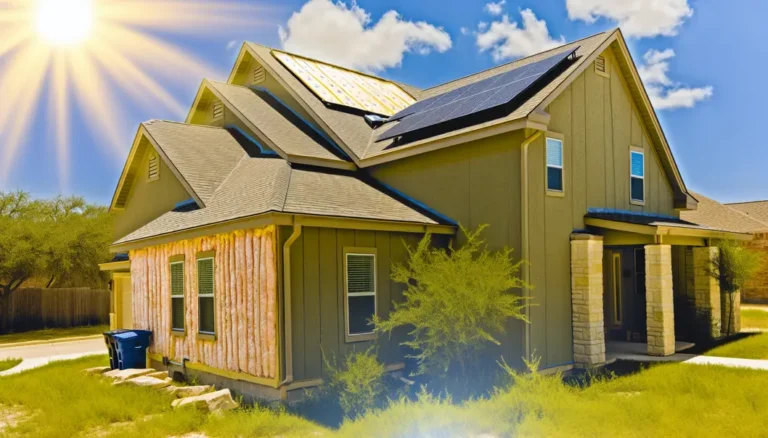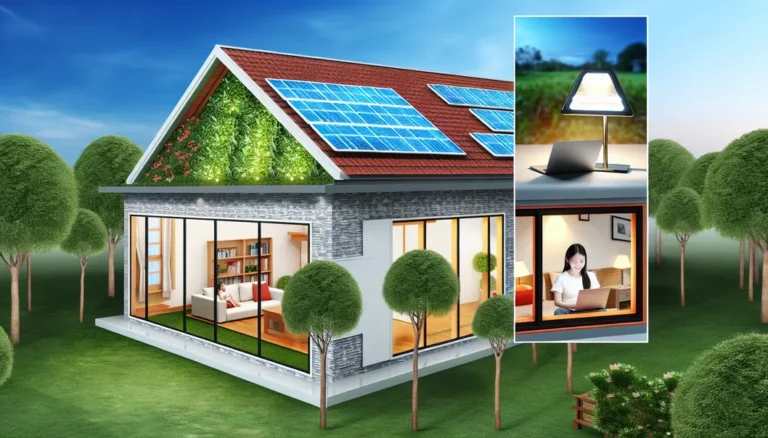The Ultimate Guide to Blown-In Insulation for Homes
Table of Contents
- Introduction
- What is Blown-In Insulation?
- Benefits of Blown-In Insulation
- Types of Blown-In Insulation
- How to Install Blown-In Insulation
- Cost Analysis
- FAQs
- Conclusion & CTA
Introduction
Enhancing your home’s energy efficiency is crucial, and blown-in insulation is a premier solution for keeping indoor temperatures comfortable year-round. This comprehensive guide will explore the essential aspects of blown-in insulation for homes, including its benefits, installation processes, and different types available.
What is Blown-In Insulation?
Blown-in insulation, also known as loose-fill insulation, consists of small particles of fiber, foam, or other materials. These particles are blown into walls, attics, and other spaces using specialized equipment, creating a dense, effective barrier that enhances the thermal efficiency of the home.
Benefits of Blown-In Insulation
- Enhanced energy efficiency
- Improved home comfort
- Reduced noise pollution
- Eco-friendly options
Types of Blown-In Insulation
Different materials used in blown-in insulation include fiberglass, cellulose, and mineral wool. Each has unique properties catering to different insulation needs and energy efficiency requirements.
How to Install Blown-In Insulation
Step 1: Preparation
Prepare the area by sealing any air leaks and ensuring that the space is clean and accessible.
Step 2: Installation
Using specialized blowing equipment, fill the target area with insulation until the desired density and thickness are achieved.
Step 3: Post-Installation Inspection
Inspect the insulation to ensure even distribution and patch any missed spots.
Cost Analysis
Installing blown-in insulation is generally cost-effective, depending on the type of material used and the scope of the area to be insulated. This section will provide a breakdown of costs and potential savings on energy bills.
FAQs
Q: What is the R-value of blown-in insulation for homes?
A: The R-value varies based on the material used but typically ranges from R-2.2 to R-3.8 per inch of thickness.
Q: Is blown-in insulation safe for all home areas?
A: Yes, blown-in insulation can be used in attics, walls, and crawl spaces, amongst other areas, ensuring full home insulation coverage.
Q: How long does blown-in insulation last?
A: When properly installed, blown-in insulation can last for the life of your home, although inspections every 15-20 years are recommended to ensure maximal performance.
Conclusion & Call to Action
In conclusion, blown-in insulation serves as an efficient, versatile option for increasing your home’s energy performance and comfort. Whether you’re upgrading an existing home or building new, consider the benefits of this effective insulation method.
🔥 Click Here to learn more about how blown-in insulation can transform your home!.



